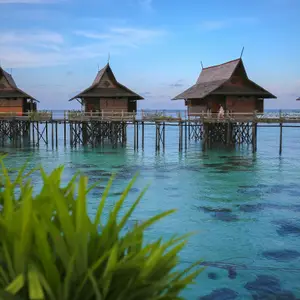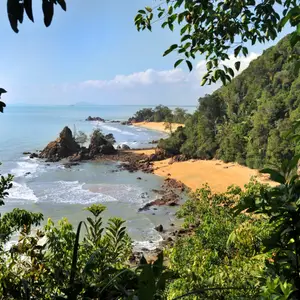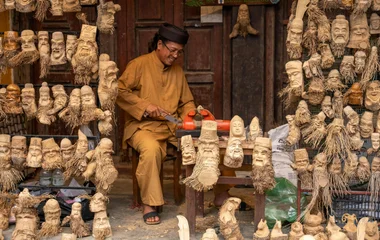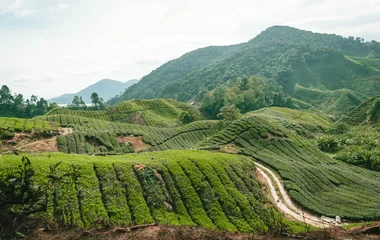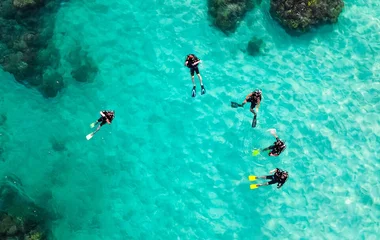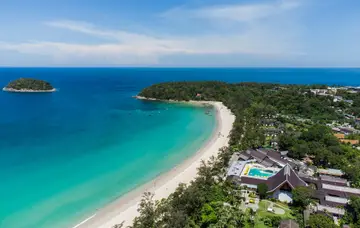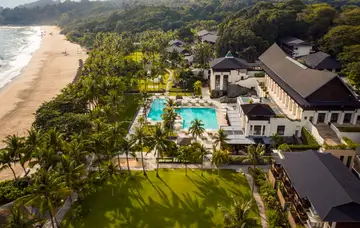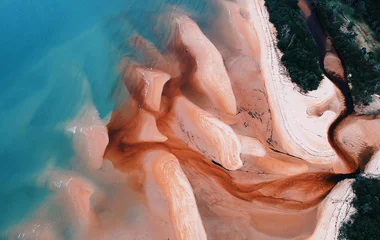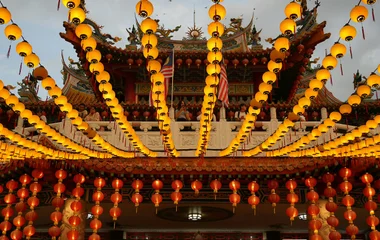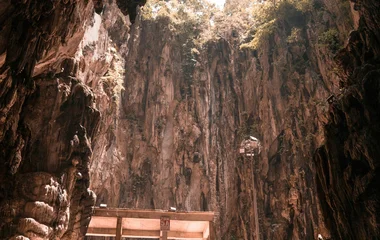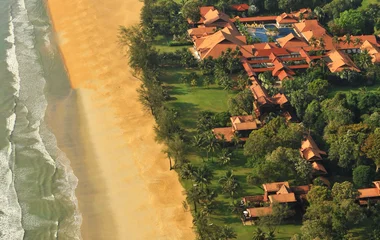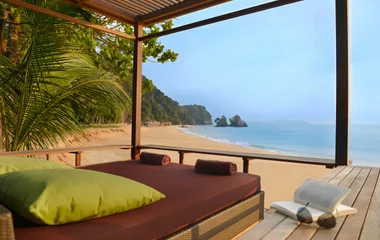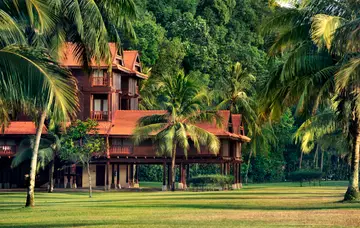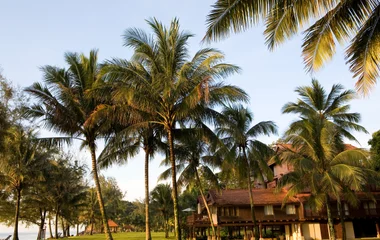
Dry Season (March to September) - Beach Bliss and Outdoor Adventures
The dry season is widely regarded as the best time to visit Malaysia for sunshine lovers and outdoor enthusiasts. From March through September, the west coast of Peninsular Malaysia, including popular spots like Langkawi, Penang, and Cherating Beach, enjoys sunny, dry weather perfect for beach days and island hopping.
The clear skies and warm temperatures make it ideal for rainforest trekking in places like the Cameron Highlands and wildlife spotting in Malaysia’s lush natural reserves. This period offers the driest weather and lower humidity, which ensures pleasant travel conditions across the west coast and Malaysian Borneo’s coastal areas. If you’re looking for vibrant beach life combined with jungle adventures, these months deliver the perfect balance.
